-
1
- #1
This happened to the building I work at two nights ago in a wind/thunder storm. It happened at night while no one was here so no one was hurt. It's certainly not a good situation (could have been a lot worse), but I can't help but nerd out on reviewing the structural damage and see the failures happening as one might predict.
This is the front corner of the building that took the brunt of the damage. I would guess the garage doors (or framing around the smaller one) failing is what contributed to more of the major damage. The smaller door is part of the original building that was built in the 70's. The larger door is part of an addition that was finished about 6 months ago.
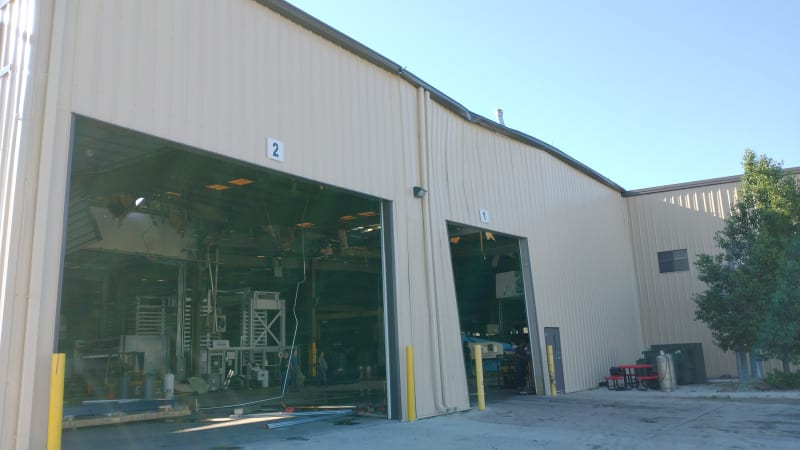
Yes, that is the larger door (24x16 I think) in the ceiling
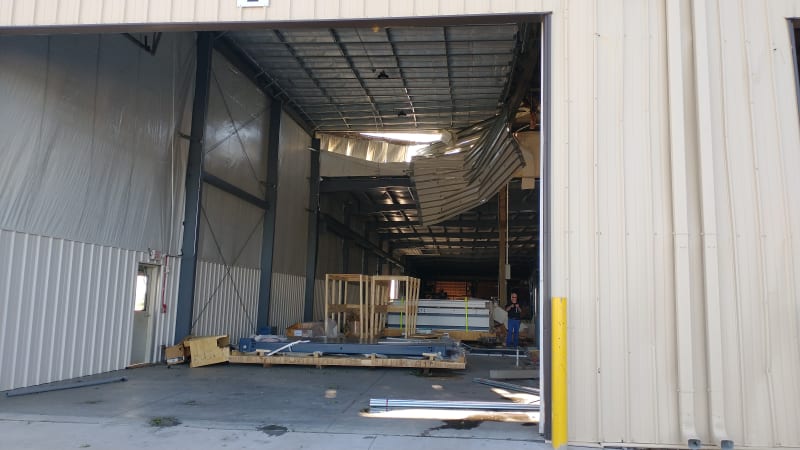
A view looking back towards the large door opening.
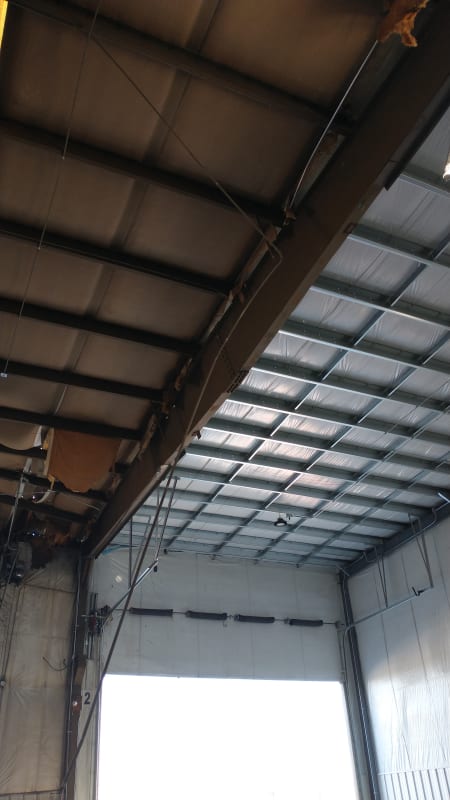
This is just to the left of the previous view

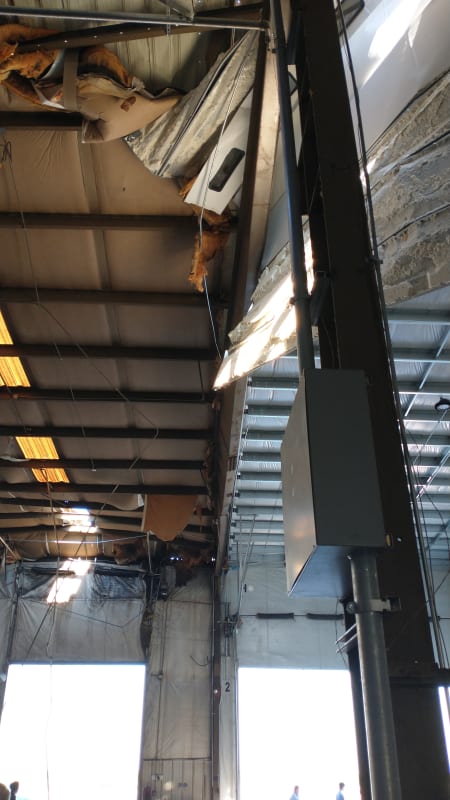

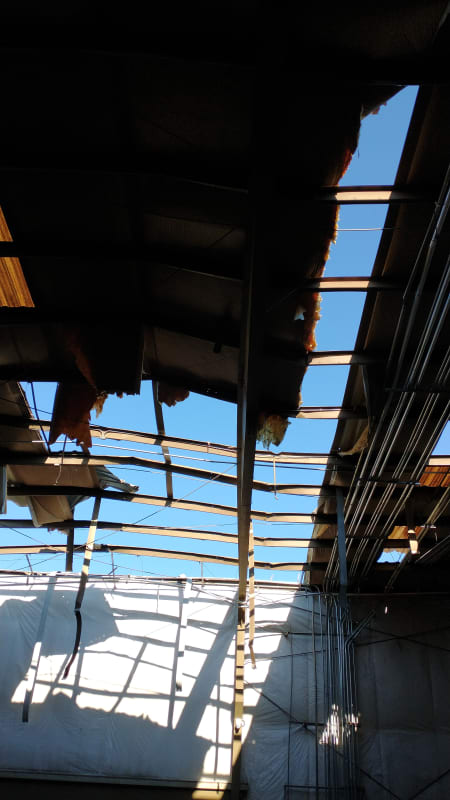
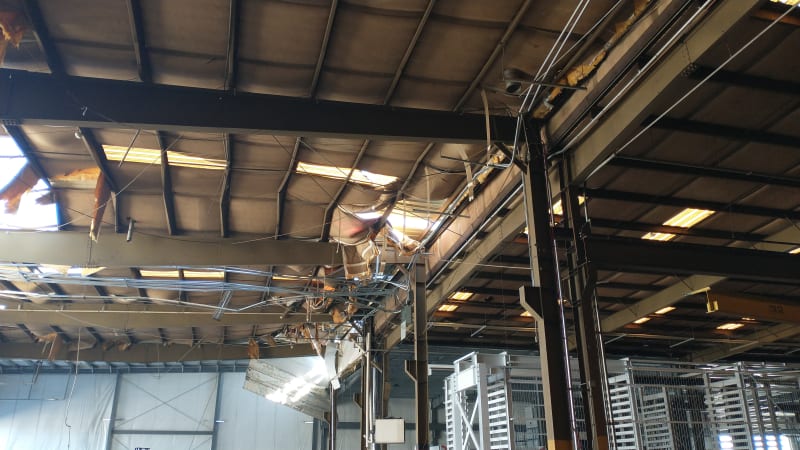
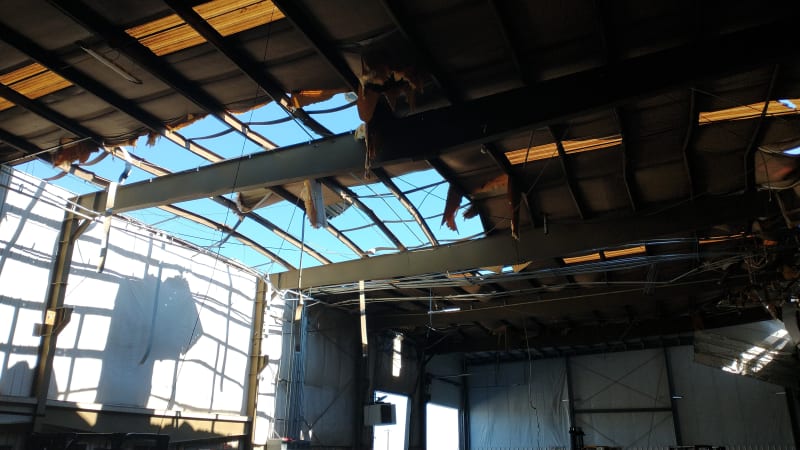
This is the front corner of the building that took the brunt of the damage. I would guess the garage doors (or framing around the smaller one) failing is what contributed to more of the major damage. The smaller door is part of the original building that was built in the 70's. The larger door is part of an addition that was finished about 6 months ago.

Yes, that is the larger door (24x16 I think) in the ceiling

A view looking back towards the large door opening.

This is just to the left of the previous view






